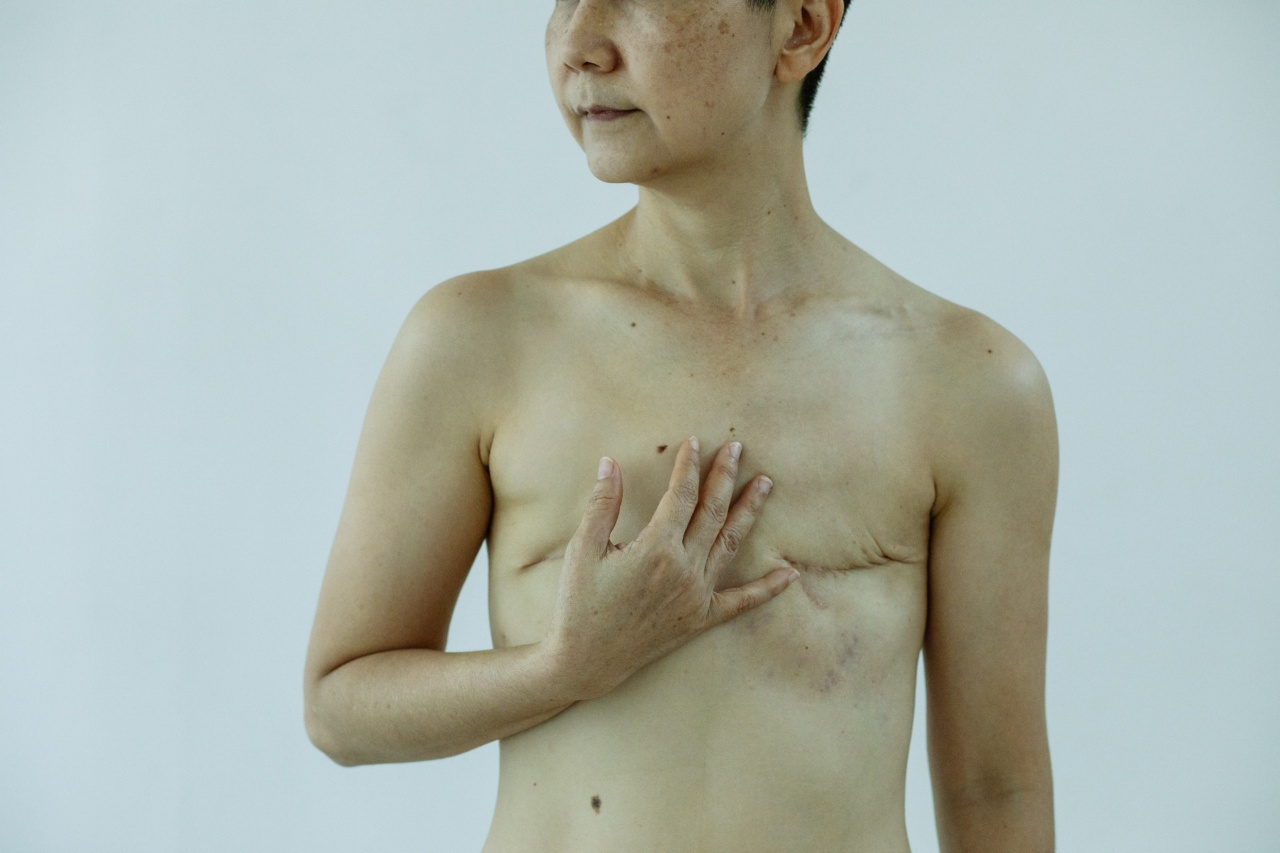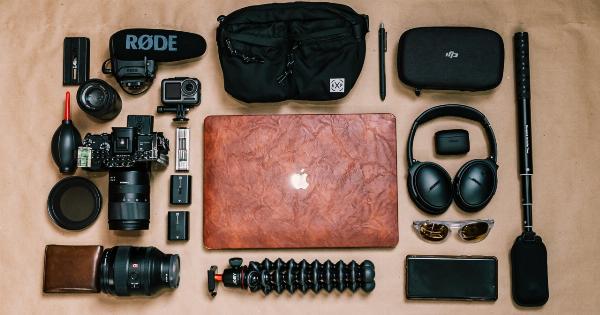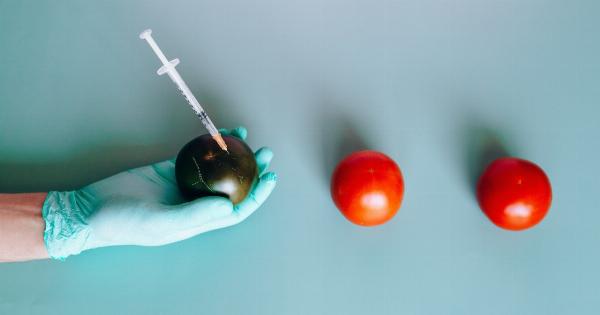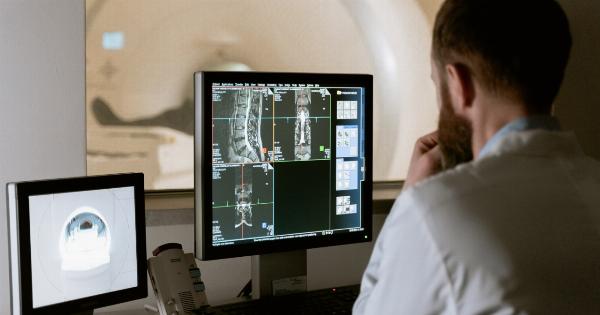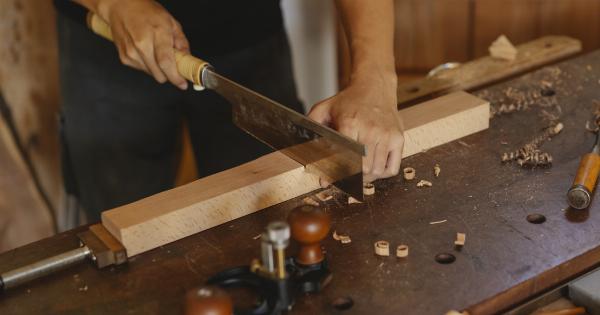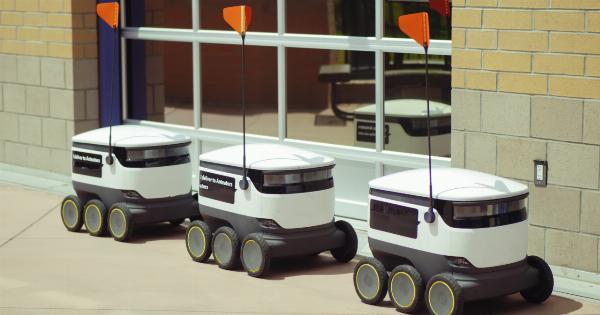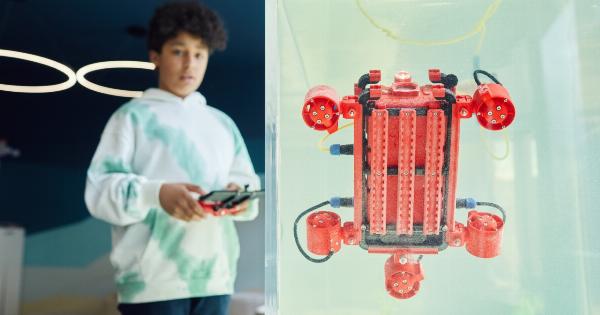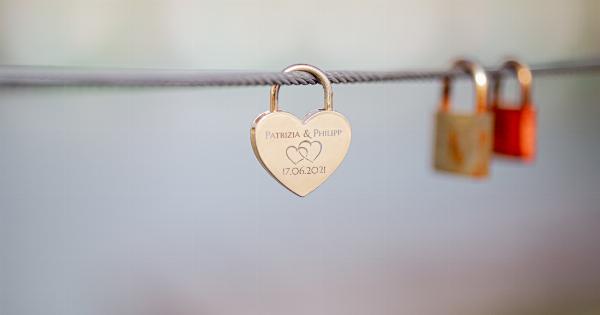In recent years, the field of medical technology has seen remarkable advancements that have revolutionized various aspects of healthcare.
One such groundbreaking innovation is the development of a new technique for creating benign breast molds without the need for invasive surgery.
The need for an alternative solution
For many women who have undergone mastectomies or breast surgeries, the process of reconstructing the breast shape can be a challenging and emotional journey.
Traditionally, breast molds were created using surgical procedures that involved silicone implants or tissue flap reconstruction. These methods are not only invasive but also present certain risks and complications.
Enter the Spanish innovators
A group of Spanish scientists and engineers have come up with a revolutionary technique that eliminates the need for surgery when creating benign breast molds.
This pioneering approach relies on advanced 3D bioprinting technology and specialized materials to create lifelike breast forms that are custom-made for each individual patient.
A closer look at the technique
The technique starts with a detailed scan of the patient’s chest area using cutting-edge 3D scanning technology.
This scan captures the exact dimensions and contours of the patient’s chest wall, enabling the creation of a highly accurate digital model.
Using the digital model as a reference, the innovators employ 3D bioprinting techniques to produce the breast molds. They utilize a specially formulated biocompatible material that mimics the texture and elasticity of real breast tissue.
This material is safe, durable, and easily molded to achieve the desired shape for the benign breast molds.
Advantages of the new technique
This innovative technique offers numerous advantages over traditional surgical methods. Firstly, it is a non-invasive approach that eliminates the risks associated with surgery, such as infection, scarring, and anesthesia complications.
Furthermore, the customizability of the benign breast molds allows for a more personalized and natural-looking result. Each mold is specifically tailored to the patient’s unique chest wall structure and aesthetic preferences.
This customization ensures a comfortable fit and enhances the overall outcome.
Additionally, the use of 3D bioprinting technology enables a quicker and more efficient production process. This technology automates the manufacturing of the breast molds, reducing both time and labor costs.
It also provides the flexibility to adjust and refine the molds during the printing process, ensuring optimal results.
Transformational impacts
The introduction of this new technique has the potential to transform the way in which benign breast molds are created and utilized.
Women who have undergone breast surgeries can now have access to a less invasive and more personalized solution for breast reconstruction.
Moreover, the versatility of the 3D bioprinting technology can extend beyond benign breast molds. Researchers and medical professionals can explore its potential applications in creating other medical devices, prosthetics, and even organ transplants.
Conclusion
Spanish innovators have revolutionized the field of breast reconstruction by introducing a groundbreaking technique for creating benign breast molds without the need for surgery.
This non-invasive approach leverages 3D bioprinting technology and specialized materials to produce custom-made molds that are safe, durable, and highly realistic.
The advent of this innovative technique brings countless benefits for patients, including reduced risks, greater customizability, and more efficient production.
It has the potential to transform the healthcare industry and pave the way for further advancements in medical technology.
